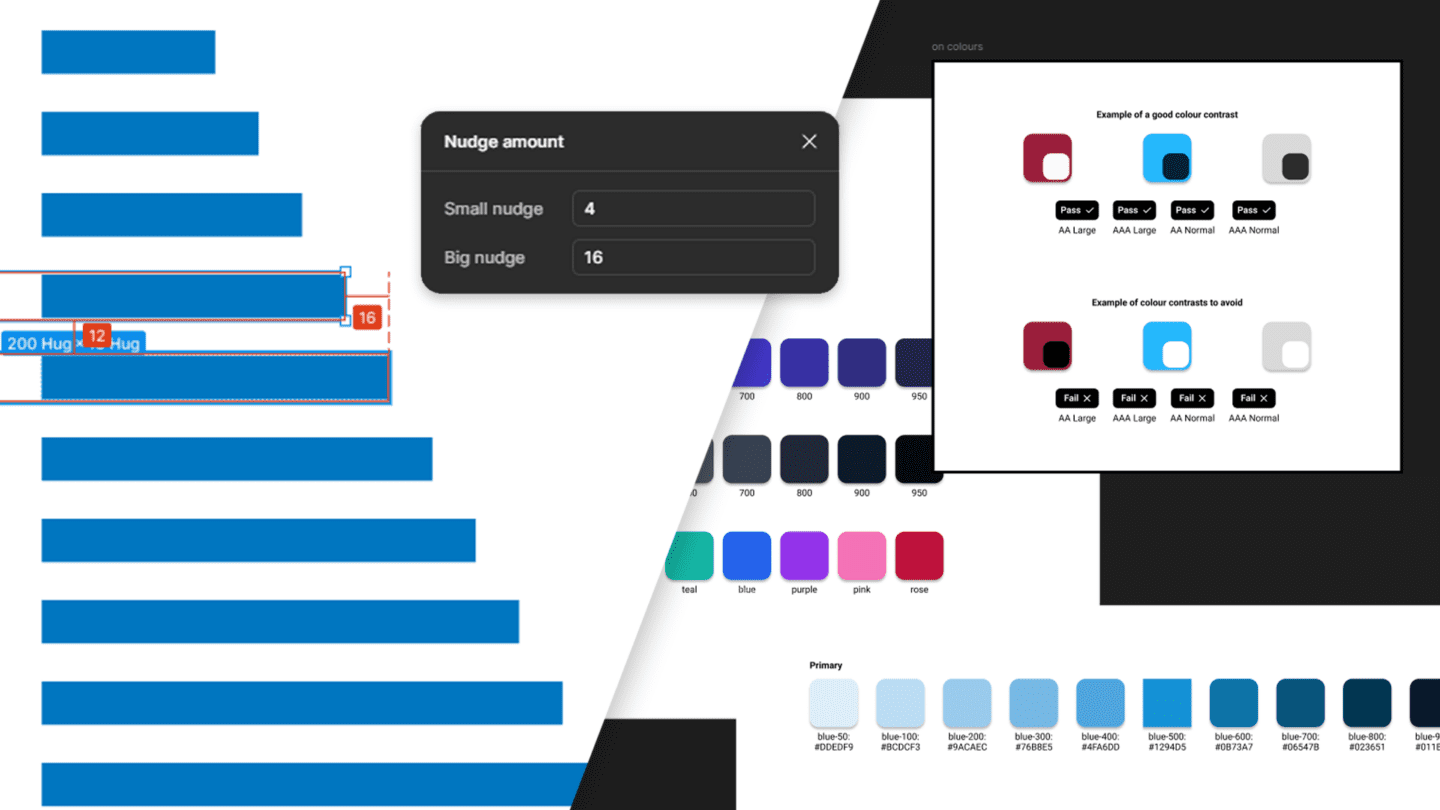Happy new year, and here’s hoping you have a great 2022! At Border Crossing UX we always work to influence positive change. We know that’s a goal that many of you share. In 2021, we put together an advent calendar of sustainable digital tips for you. But we want our advice to be more environmentally friendly. So, we’ve removed the Christmas trimmings and turned them into 10 handy suggestions.
1. Rethink your emails
There are a lot of easy wins in your inbox. First, unsubscribe from that newsletter. The average email newsletter generates 4g of CO2. Unsubscribing from newsletters you don’t read will help the planet and remove the clutter.
While you’re there, look at cleaning out your inbox. Storing 1GB of email consumes 32.1 kWh per year. You should also get rid of unnecessary emails to reduce your carbon footprint. Put a regular appointment in your diary too, so you can ensure it stays clean.
Then, reconsider who you’re including in emails. Every person copied into an email adds to the carbon it generates – especially in a chain. Use this email CO2 calculator to estimate how much you’re generating, and where.
Finally, it’s worth rethinking adding attachments. A typical business user creates 135kg CO2 from sending emails every year. Swapping email attachments for links will quickly reduce your digital carbon footprint.
2. Be environmentally friendly with apps
Over 25% of downloaded apps are only opened once. They typically update in the background, draining your battery and storage. But, what’s worse, any that don’t update can harbour old security flaws. Deleting the apps you aren’t using will save you bandwidth and power and improve your security.
3. Think about your data and how you’re storing it
Data is a big part of our carbon footprint. Data centres have the same carbon footprint as the aviation industry. Keeping data in the cloud uses far more energy than storing it on your device. Store it locally instead as a smart change. Our sustainable digital tips for media you’re going to reuse, like games and music, is to download them instead of streaming.
However, you should only keep what you need. The Institute of Engineering and Technology claims unwanted images generate 10.6kg of CO2 per person every year. Taking the time to declutter your photos can make a big difference. Clear a slot in your calendar to review your photos and videos. Delete the unwanted ones, and only store what you want to keep.
4. Make some environmentally friendly changes for your business
Optimise your website to make changes at a business level. Dated and poorly optimised content, redundant plug-ins, and oversized images all waste energy. Resolving these issues will ensure that your site is more efficient. What’s more, search engines prioritise up-to-date, optimised websites that respond quickly to requests. You might find that your ranking improves as a result.
Investigating green hosting providers to build on these changes. The Green Web Foundation have put together a guide to environmentally friendly services. It currently covers 347 providers in 26 countries and is constantly being updated.
5. Sustainable digital tips for streaming
Video streaming is a growing reason for energy consumption. High-definition video produces up to 20 times the amount of CO2 of standard definition. Switching from HD streaming for four hours a day could reduce your footprint here by 95%. Auto-playing also adds to this issue. By changing your settings and turning off auto-play, you’ll prevent that from happening.
Another way to do this is by setting your own limits and allowances. We all know we could reduce our screen usage. You can do this easily on Apple or Microsoft devices.
6. Tweak your digital habits
Some minor behavioural changes can also have a big impact. For example, many of us charge our devices overnight. The downside of this is that devices typically only take an hour or two to charge. However, the charger will keep using full power until you unplug it. Charge your devices during the day instead, and you’ll save that energy.
Another small change that’ll make a difference is turning off your video during conference calls. An hour of streaming or video conferencing can emit up to a kilogram of CO2.
Even typing URLs instead of searching could have a positive impact. According to one estimate, Google generates about 10g of carbon per search request. If you go direct where possible, you’ll cut that out.
Finally, consider advanced privacy settings. Data tracking services generate a massive amount of data, using a lot of energy. Keeping your data private will ensure that you’re not adding to that.
7. Think sustainably about buying new devices
Don’t feel pressured into buying a new device just because you’re due an upgrade. Manufacturing and transporting a device will generate a large portion of its lifetime emissions. Using your old devices for longer will help avoid that carbon footprint and save you money in the long run.
That said, when you do need to change, shop smart. Some producers work to reduce their energy, emissions, and chemical usage. A little research could help you pick a cleaner device.
8. Adjust your background settings
Tweaking your settings will help you save energy. For example, you can set up power-saver mode. Or, better still, shut your devices down when you’re not using them. After all, leaving devices on standby costs the average UK household £30 in energy per year.
Reducing your computer monitor brightness is another good idea. Changing it from 100% to 70% brightness can save up to 20% of the energy the monitor uses. What’s more, it’ll reduce eye strain, helping you concentrate easier, and for longer.
9. Consider older technologies
There’s no question that sometimes older technologies are better for the environment. For example, sometimes texting is the best solution. Each text generates just 0.014g of CO2; lower than a one-minute phone call, and much less than a video call at 0.062g. Other alternatives could be just as efficient.
10. Make it permanent
Many of us start the year with good intentions, but now it’s time to make a commitment. Make some New Year’s resolutions. Pick your favourite sustainable digital tips and put them on a sticky note beside your monitor. You’ll be reducing your carbon footprint in small, simple steps. By next year, they won’t be resolutions anymore, but tried-and-tested habits.


